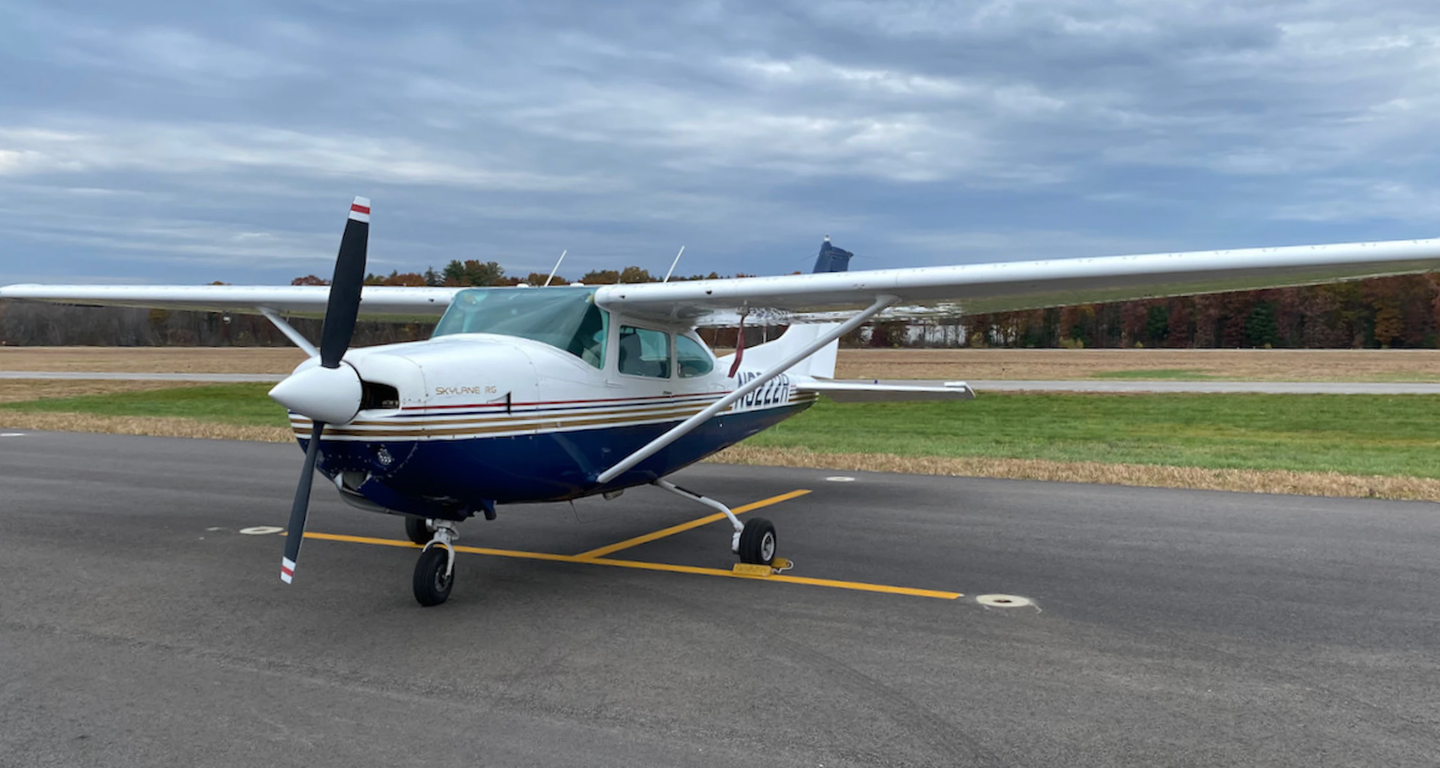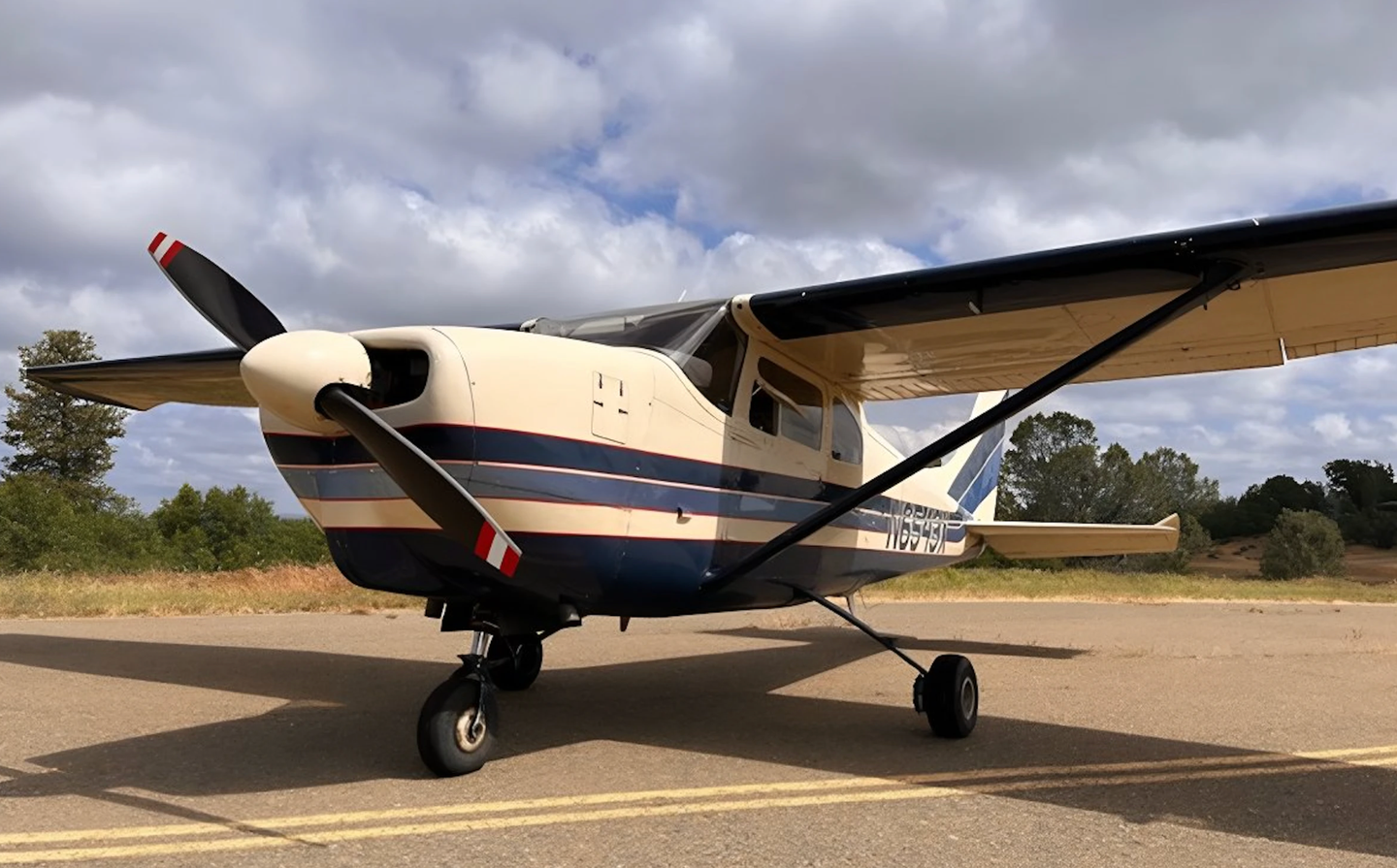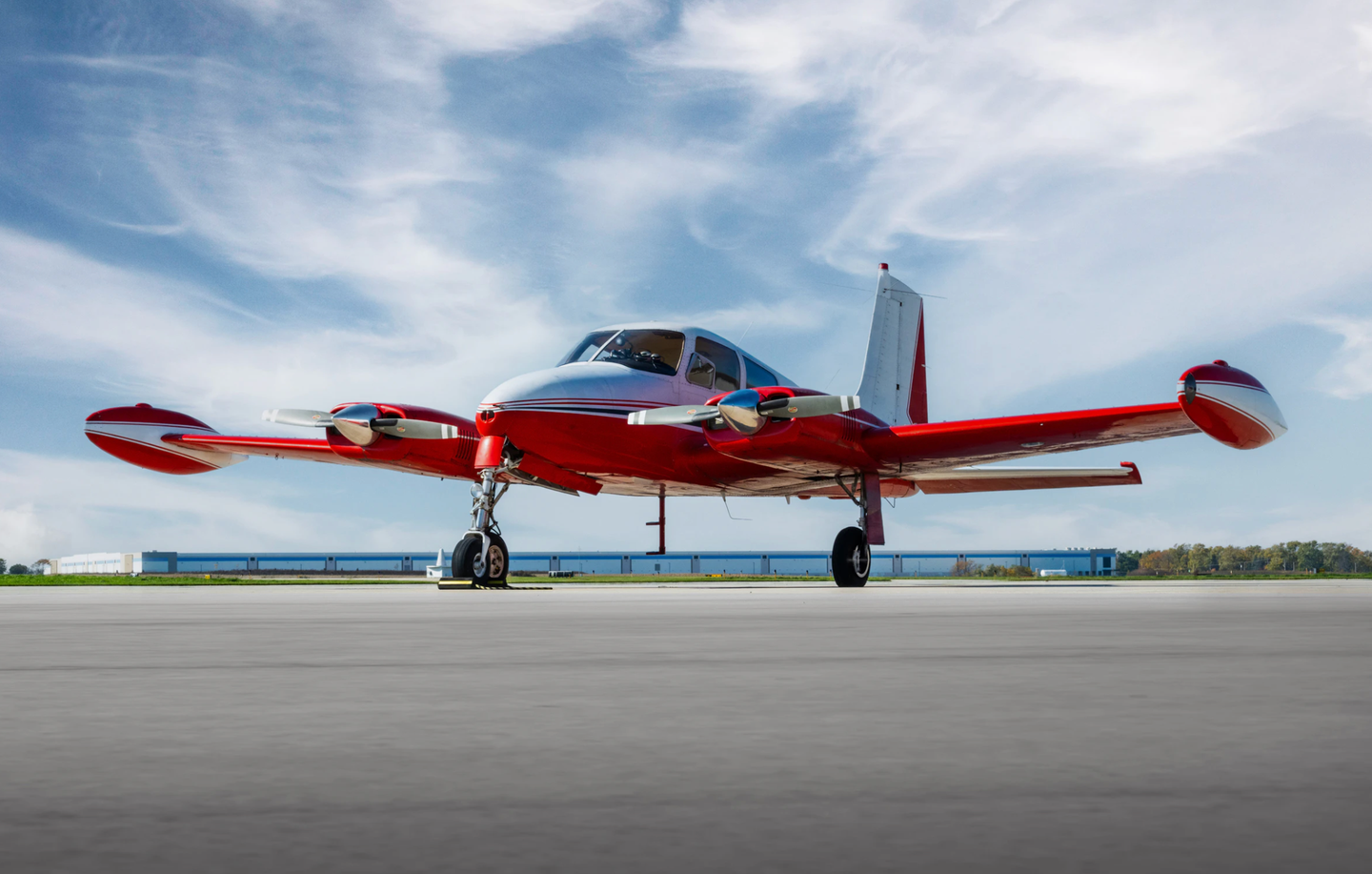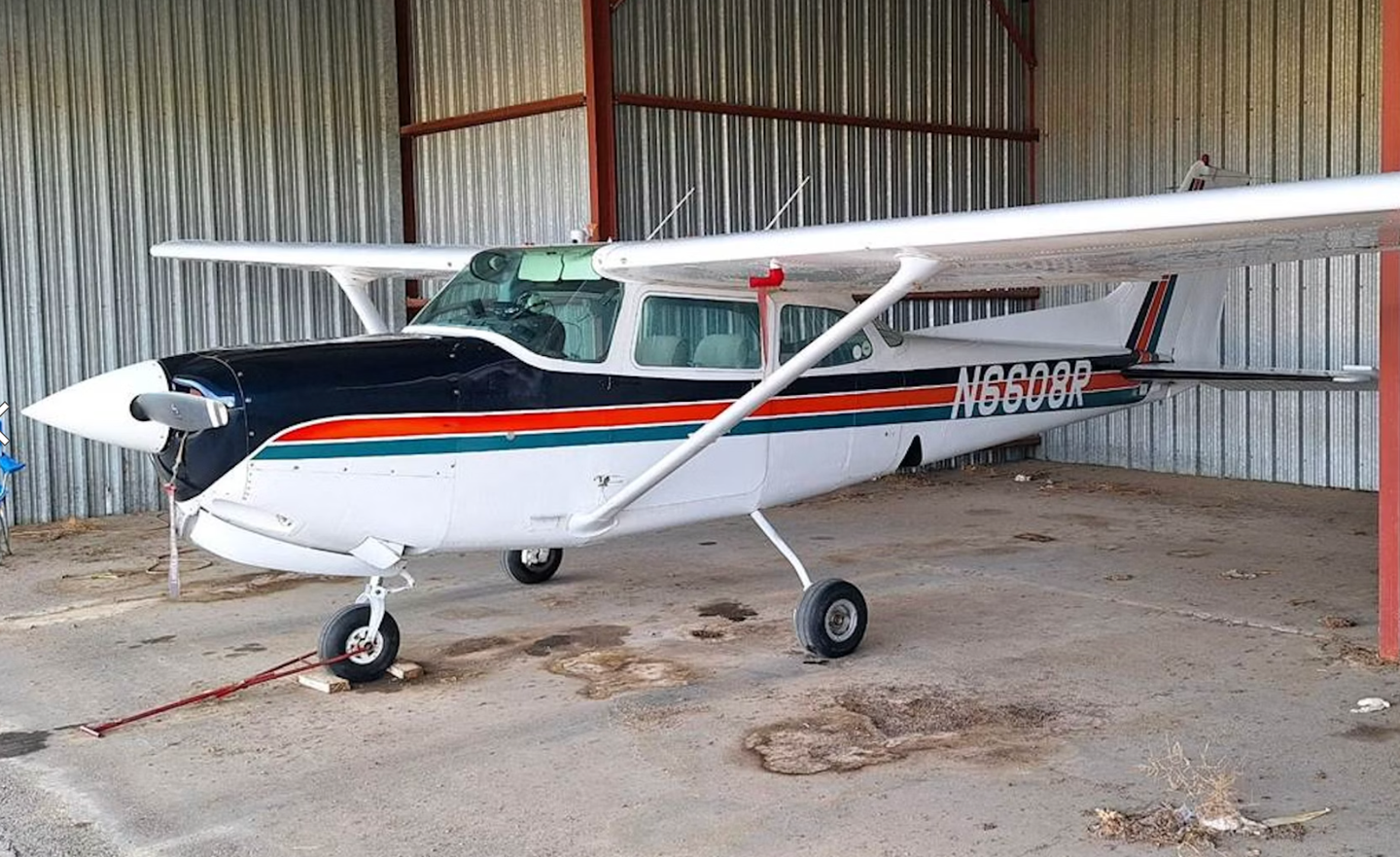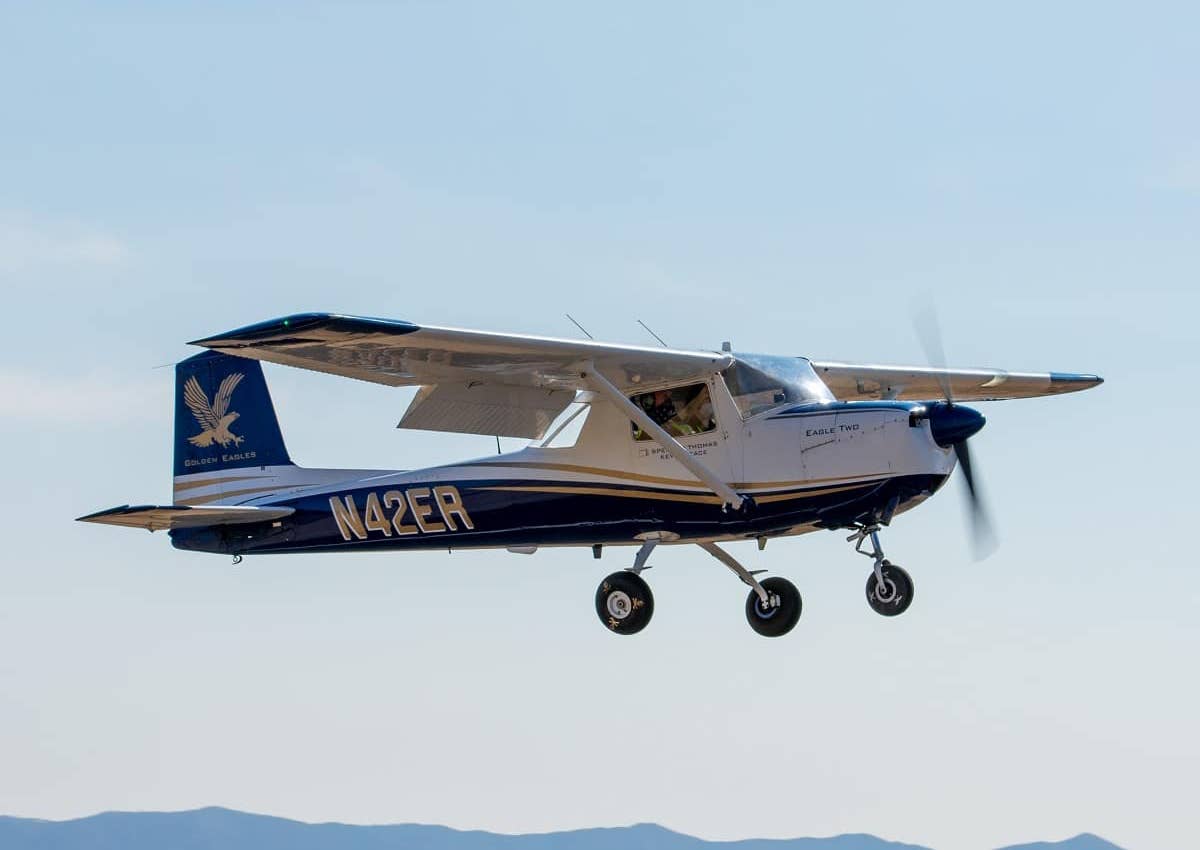Caravan With Enthusiasm
Blackhawk modifications of Waco, Texas, converts basic caravans to Super Caravans
 |
When I was a college kid, more horsepower had only one goal. More speed. A buddy and I put together a souped-up stock car we hoped could win dirttrack races in the Southwestern United States, and we were constantly in search of more power.
Operating on a shoestring budget, we stood almost no chance of winning races, and sure enough, we didn't. We did have great fun, however, spent most of our money and succeeded in raising horsepower by probably 30%. Once in a while, we even went to class.
Fast-forward 40 years, change the vehicles from cars to airplanes, and extra power is still the most popular method of improving performance. Speed isn't always the goal, however, which isn't too surprising, because adding power isn't a very efficient method of increasing speed.
Drag increases as the square of speed, so it would require massive power increases to yield a disproportionately small improvement in speed. (Certainly, Formula 1 and Indy cars that operate at or near 200 mph must pay heed to drag concerns, but sheer, brute power is still the king in auto racing.)
When the machine is an airplane, the objective of additional power is typically more sophisticated, better payload, improved climb or reduced runway requirements. If those are the mission parameters, power may be exactly the right solution.
 |
Super Caravan
Apparently, Blackhawk Modifications of Waco, Texas, has its fingers on the pulse. Blackhawk has specialized in upgrading power on a variety of turboprop aircraft since 1999, including Beech King Air 90s and 200s; Piper Cheyenne I, II and IIXLs; Cessna Conquest 1s and Caravans, both Grand and now Standard. Blackhawk has delivered some 480 more powerful turboprop singles and twins in the short span of 13 years.
Take the newest case in point, the Blackhawk PT6A-42A Caravan I conversion. Cessna's workhorse model 208 has always been a popular weightlifter, so much so that the Wichita manufacturer recently delivered its 2,000th unit. The original Cessna 208 design was fitted with 600 shaft horsepower (shp), and that was upgraded to 675 shp as standard in 1998. Federal Express, the huge overnight package service, loves the airplane so much that it now operates some 250 of the type. FedEx uses Caravans on feeder routes from small towns to major collection points.
 Blackhawk's Caravan conversion upgrades practically everything forward of the firewall. The stock Pratt & Whitney PT6A-114A is replaced by a PT6A-42A, which increases shaft horsepower from 675 to 850. |
A few years ago, Blackhawk certified a major power increase from 675 to 850 shp on the Grand Caravan 208B, a four-foot, stretched version of the original Caravan I. On June 10th of this year, the Waco, Texas, company earned certification of essentially the same conversion on the basic Caravan 208A.
Blackhawk's conversion upgrades practically everything forward of the firewall. The stock Caravan's Pratt & Whitney PT6A-114A turboprop is replaced by a PT6A-42A, increasing shp by 25% from 675 to 850. This is the same engine used in pairs on the popular King Air 200 for years, and it's proven to be one of corporate aviation's most reliable powerplants.
Any airplane that's the beneficiary of a 25% power increase is bound to score better cruise performance, and while that was definitely one of the goals of the power-up, Blackhawk CEO Jim Allmon feels the upgrade has changed the whole personality of the Caravan I.
"When we began working on the conversion," says Allmon, "we were looking primarily at the corporate and utility markets. We spent thousands of man-hours developing the initial upgrade, plus probably 250 hours in flight test. We felt the extra performance would be especially attractive to charter and business operators, companies that have a need for medium-range travel with five to 10 passengers.
 |
"The airplane has proven very popular for that market," Allmon continues, "but we discovered we were overlooking another major group of operators--- the skydiving business. We already have several owners who utilize our Grand Caravan conversion for high-jumping from ground level to 16,000 feet or higher, unloading jumpers and being back on the ground in under 20 minutes."
Predictably, the extra horsepower resulted in even better performance on the 208A "little" Caravan than it did on the stretched 208B Grand Caravan. The upgrade itself was very similar. In addition to installing the more powerful -42 engine, the upgraded Caravan features a four-blade wide-chord Hartzell prop, trimmed back from 106 to 100 inches in diameter. This provides slightly better ground clearance (and water clearance on the floatplane), as well as a marginally reduced noise level. The four-blade will be the standard prop on the Caravan conversion, but Blackhawk is continuing testing of a more efficient three-blade.
The conversion also incorporates a pair of stainless-steel Frakes exhaust stacks in place of the single right stack on the standard airplane. The Frakes exhausts are the result of extensive R&D into reducing back pressure in the larger engine. They're also the beneficiary of research into the optimum design and mounting position to avoid noise, vibration, fumes and possible heat waves corrupting image quality on air-to-ground photogrammetry missions. Many Caravans have been pressed into service for aerial photo-mapping work, and the additional stand-off of the Frakes exhausts helps direct the burned gases away from the airplane. A fringe benefit is the reduction of exhaust soot on the nacelle and wing. This is a big benefit for those in the cabin, as well. In the process, the Frakes stacks are streamlined to minimize drag.
 |
Blackhawk adds a 40% larger oil cooler under the cowl to help counter high/hot conditions. "That was our design," says Allmon. "We worked with an engineering firm to come up with an oil cooler we knew could handle any forseeable temperature situation."
Everything is enclosed with a new lightweight low-drag carbon composite cowling and induction system, something else Blackhawk specifically designed for the Caravan. The company installs a four-point horse-collar mount in place of the standard three-point mount to handle the slightly heavier engine, along with a redesigned inertial separator for protection from ice or foreign object ingestion. "Finally," Allmon comments, "we add new Digilog instrumentation to support the more powerful engine and a complete new engine hose package."
Blackhawk feels the -42A conversion should be especially popular with owners of the Caravan floatplane, as the extra 175 shp will enhance all aspects of water operation. Wipaire of St. Paul, Minn., currently produces pure and amphibious Wipline floats for the Cessna 208.
When I arrived in Waco for my introduction to the Blackhawk 208A conversion, test pilot Chris Duncan was in the process of flying the experimental prototype at progressively higher weights, and the combination of full fuel, some test instrumentation, a dozen or so 100-pound lead dumbbells bolted to the floorboards in back plus Chris and me up front, brought us within 50 pounds of the revised max gross of 8,362 pounds.
there's little left to do but fly. Chris Duncan made the first
takeoff to demonstrate the airplane's short-field
characteristics, and the prototype Blackhawk Caravan 208A
leaped off the ground as if something bigger
were chasing it.
One of any Caravan's most endearing qualities is its ability to swallow pretty much whatever you wish to load inside. There are a total of four doors on the big Cessna, pilot and copilot crew doors up front, a fold-down, airstair door at aft right and another, extra-wide, aft cargo door on the left. The last was designed for loading large, heavy items with a fork lift. A few years back, I delivered a Caravan to Seoul, South Korea, and installing the 400-gallon ferry tanks in the cabin was almost silly simple with the 208's ultimate access cargo doors.
Everything from the firewall forward remains operationally pretty much conventional PT6A. Engine start and preflight checks are the same as before. Turn on the master and fuel pumps, engage the starter (which automatically activates the igniters), then introduce fuel at 13% Ng and watch everything come to life. The PT6A-42A engine spools up nicely, without a hint of overheat.
 A speed increased of about 30 knots is realized with the Blackhawk modifications. |
The nice thing about a turbine is that once it's running, there's little left to do but fly. Chris Duncan made the first takeoff to demonstrate the airplane's short- field characteristics, and the prototype Blackhawk Caravan 208A leaped off the ground as if something bigger were chasing it. I didn't have any easy method of measuring our takeoff roll, but it looked to be well under 1,000 feet.
I took the controls for the rest of the flight and held a rate of climb of 105 knots for the short climb to cruise altitude. Vertical speed quickly climbed to 1,500 fpm, this despite the 30-degree Celsius surface temperature at Waco. The Caravan doesn't demand a high-nose attitude for climb. The rate of climb still allows a reasonable view over the cowling, and cruise climb only improves on a good thing.
The airplane's impressive climb rate dropped off slightly, but the airplane was still lofting uphill at 1,000 fpm through 10,000 feet. Considering that most operators won't always be flying at max gross, high/hot situations shouldn't be much of a consideration for this airplane.
As mentioned earlier, a better climb rate can be more than an extra safety factor. Good climb can actually offer financial benefits. Frank Hinshaw, owner of Skydive Hawaii in Dillingham on the island of Oahu, says his two Blackhawks have made a big difference in his business. "We can go higher with no noticeable increase in fuel use," says Hinshaw, "and we can carry 20 passengers instead of 18 with our increased useful load. (Plus), we can fly 20 loads a day instead of 12 because of the (increased) climb rate."
 The Blackhawk conversion adds a 40% larger air cooler under the cowl to help counter high and hot conditions. |
Incidentally, since we mentioned gross weight, it's much improved over the stock airplane. The P&W -42A is slightly heavier than the old -114A, but not by much. Blackhawk's conversion flies with a gross weight of 8,362 pounds, yet, empty weight only increases by 60 pounds with the big engine. That means a full 300 pounds of the higher gross translates directly to payload.
For those owners looking for more speed, the Blackhawk Caravan provides about 30 knots better performance at two-mile altitudes. Chris and I leveled at 11,500 feet over Eastern Texas, punched up the autopilot to eliminate human error and watched the airspeed settle on 190 knots true. Remember, we were flying at essentially max gross weight on a warm day. I've delivered a half-dozen stock Caravans to destinations around the world and rarely seen more than 160 knots cruise at max gross weight.
Of course, specific fuel consumption is pretty much immutable, so a 25% increase in horsepower results in 25% higher fuel burn. That means normal cruise in the Blackhawk jumps from 290 to 370 pounds per hour. As partial compensation, the Blackhawk airplane cruises about 19% faster, so you're not losing much in the trade.
 |
While it's true that speed isn't the most important attribute of the Caravan, time has value, especially on corporate missions. A 19% increase in speed means a given trip demands less wear and tear on the airplane and less time subtracted from the engine's 3,600-hour time between overhauls.
With a full 2,245 pounds of fuel aboard, you'll still have better than five hours endurance, enough for nearly 1,000 nm between pit stops. And remember, that's at max cruise. Come back to a more moderate power setting, and you could probably endure for 6.5 hours and 1,200 nm.
Inflight handling of the Blackhawk XP-42A is virtually identical to that of the stock airplane, although you're sure to be impressed by the higher cruise speeds. Stalls remain docile and totally predictable.
Chris Duncan demonstrated the rapid- descent maneuver that skydive pilots use to get back to the ground quickly after dropping a load of jumpers, and it's not something you're liable to see every day. Duncan slowed the airplane to about 75 knots, brought power to idle and pushed the nose over to peg the vertical speed indicator at 3,000 fpm down. The windshield filled with eastern Texas prairie as we dropped out of the sky quicker than a jumper under nylon. In the skydiving business, profit depends partially on how quickly you can descend as well as ascend, and a good jump pilot can be on the ground from "jumpers away'' in less than five minutes.
Back in the pattern at Waco, I tried several landings and couldn't get the airplane mad at me. It's an oversimplification to call a Caravan a Skyhawk on steroids, but once you become accustomed to the weight, the Blackhawk Caravan truly is as docile and friendly as a giant 172. Stall speed is 61 knots, and landings are no-brainers if you're simply awake.
The XP-42A conversion to the 208A is priced at $637,000, and Blackhawk has already delivered the first two airplanes with nine more on order. The company also has delivered some 30 of the Grand Caravan conversions that include the same features.
The huge FedEx fleet notwithstanding, some folks argue that the Blackhawk XP-42A is what the stock airplane needed all along. Cessna's recent introduction of the 867 shp Grand Caravan EX, powered by a PT6A-140 engine, seems to confirm that someone at Cessna may have been thinking the same thing.

Subscribe to Our Newsletter
Get the latest Plane & Pilot Magazine stories delivered directly to your inbox


